If you want all of the conveniences of a big city without the predictable hubbub, Hotel Niwa Tokyo would probably suit you well.
For history buffs, the ryokan Moritakan, the first lodging on the current hotel site, was built in 1935. Then, it transformed into a more standard issue business hotel in 1973. Hotel Niwa Tokyo took over the space in 2009, and completed its most recent renovation in 2022.
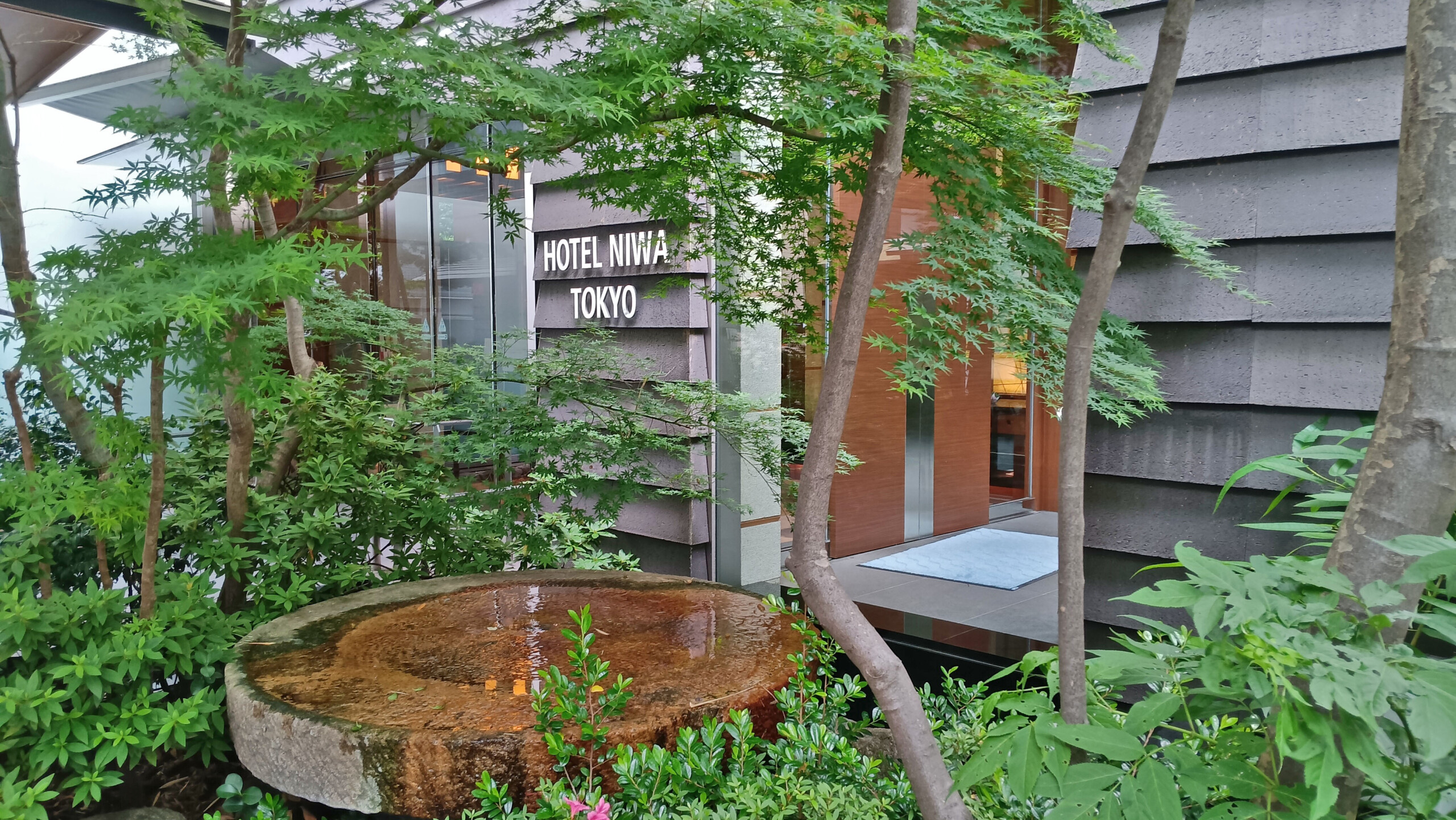
Location
Located just a few minutes walk from Suidobashi JR and metro stations, and slightly longer walks from Ochanomizu JR station and Jimbocho metro station, the hotel is quite accessible to many attractions. And if amusements and baseball excite you, both LaQua/Tokyo Dome City amusement Park, and the Tokyo (Yomiuri) Giants baseball stadium super close.
Hotel Theme
The name of the hotel, Niwa, means garden. Thus, the motif of the property is showing off plants, nature, and of course, gardens. Indeed, guests and visitors are greeted by a nice greenspace and waterway leading up to the entrance, and the detached but on-site Japanese restaurant YUKURI.
On the 3rd floor, is a space with both an interior rest area, and an outside patio overlooking a rock fountain. Head there after 4pm for some free tea or coffee, and a book.
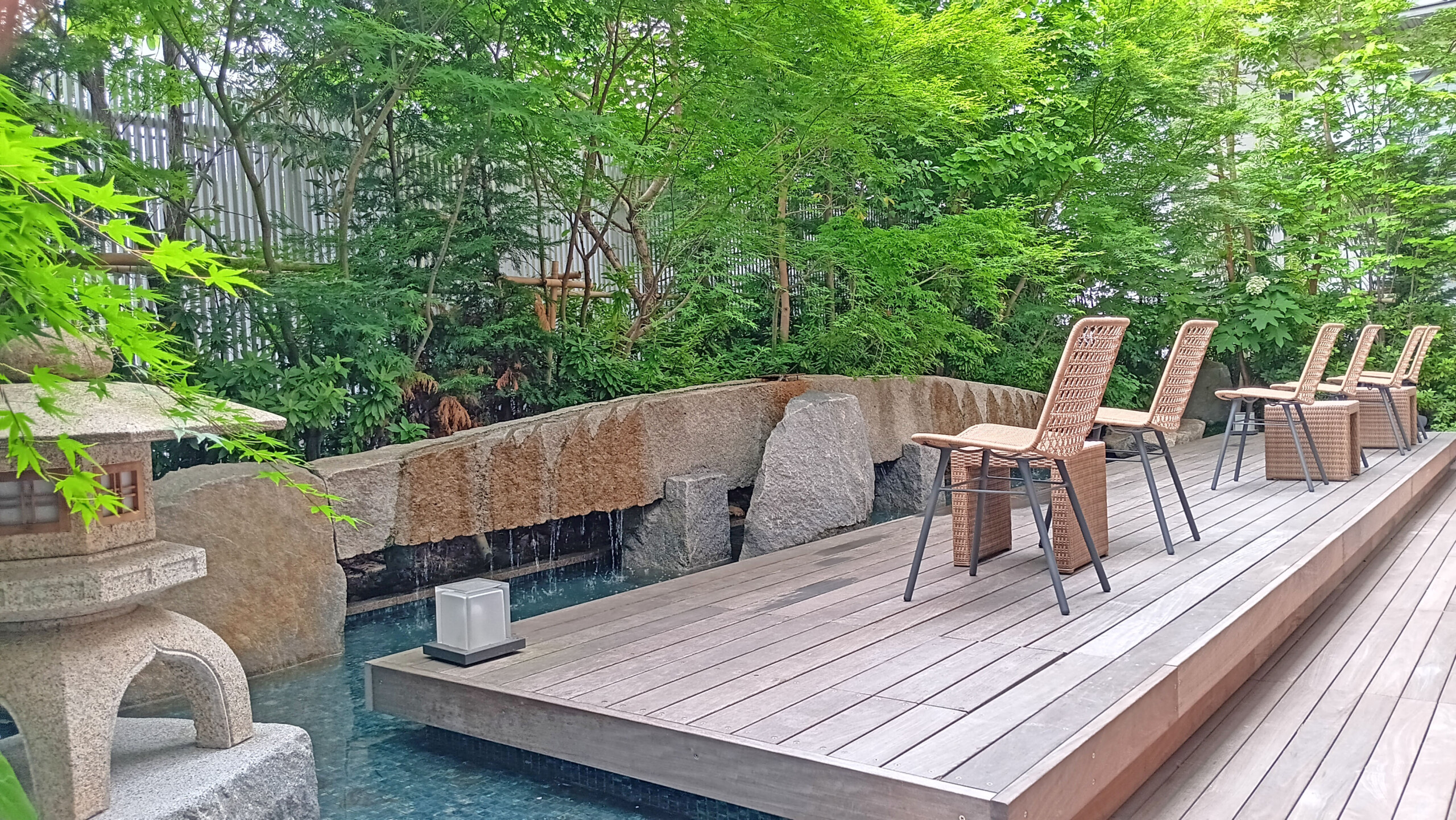
For those that are keen to meditate, there’s a quiet spot for you, too.
Finally, for meeting-goers and guests alike, on the meeting room floor there’s another outdoor area to sit and chat.

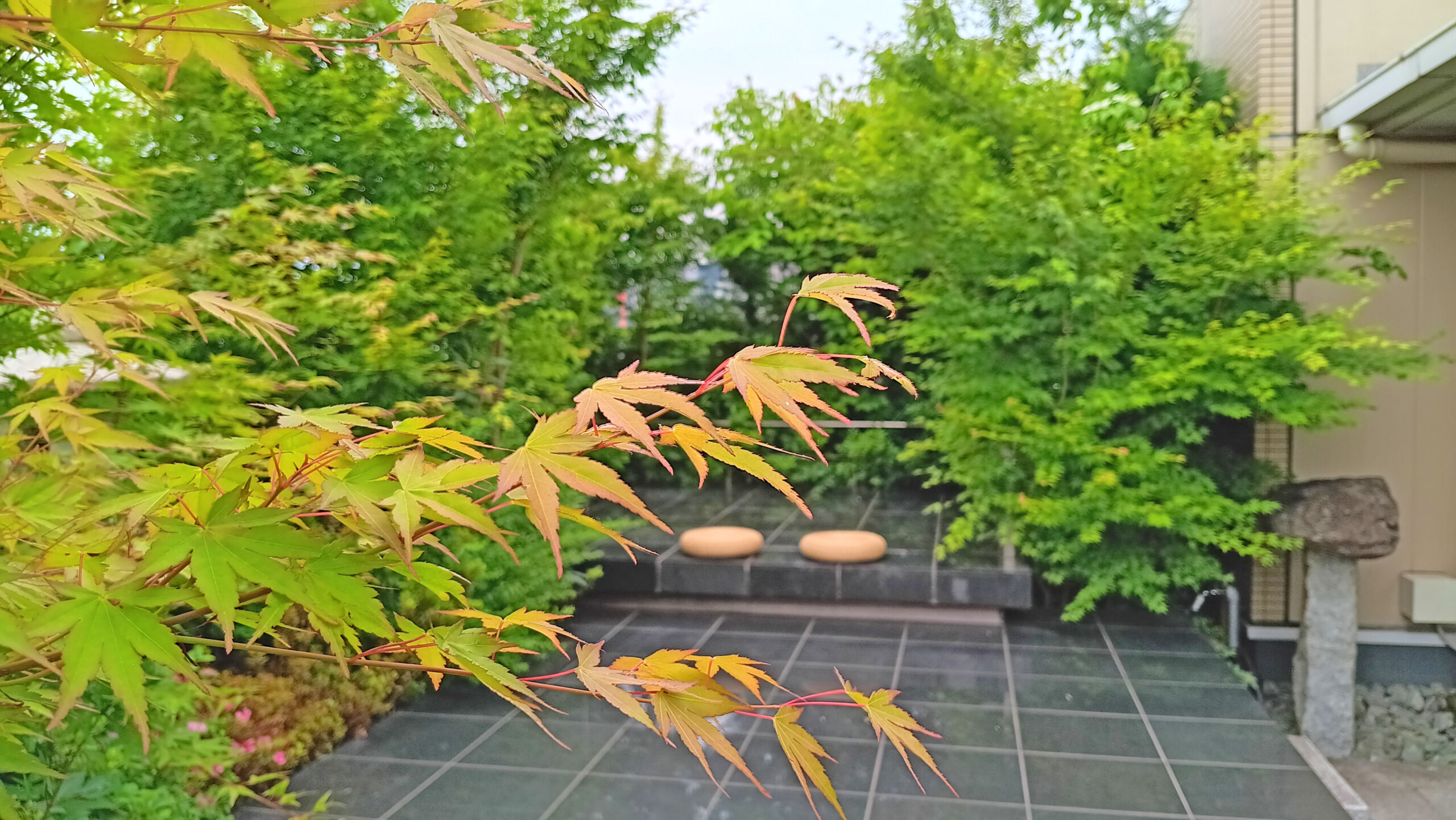

Here are three more shots of the 3rd floor Refresh Lounge (I forgot to take photos of the gym, and massage chairs room, which also call the 3rd floor home):
Plus, there’s another bonus for food-focused travelers. I have a colleague who works at this hotel, who let me in on something of a secret– during the summer and fall, some vegetables and herbs grown on the generally inaccessible roof garden are used in some hotel dishes, particularly during breakfast. They even have an apiary and apiarist working up there.
Notice how they’re planted in former suitcases…neat~
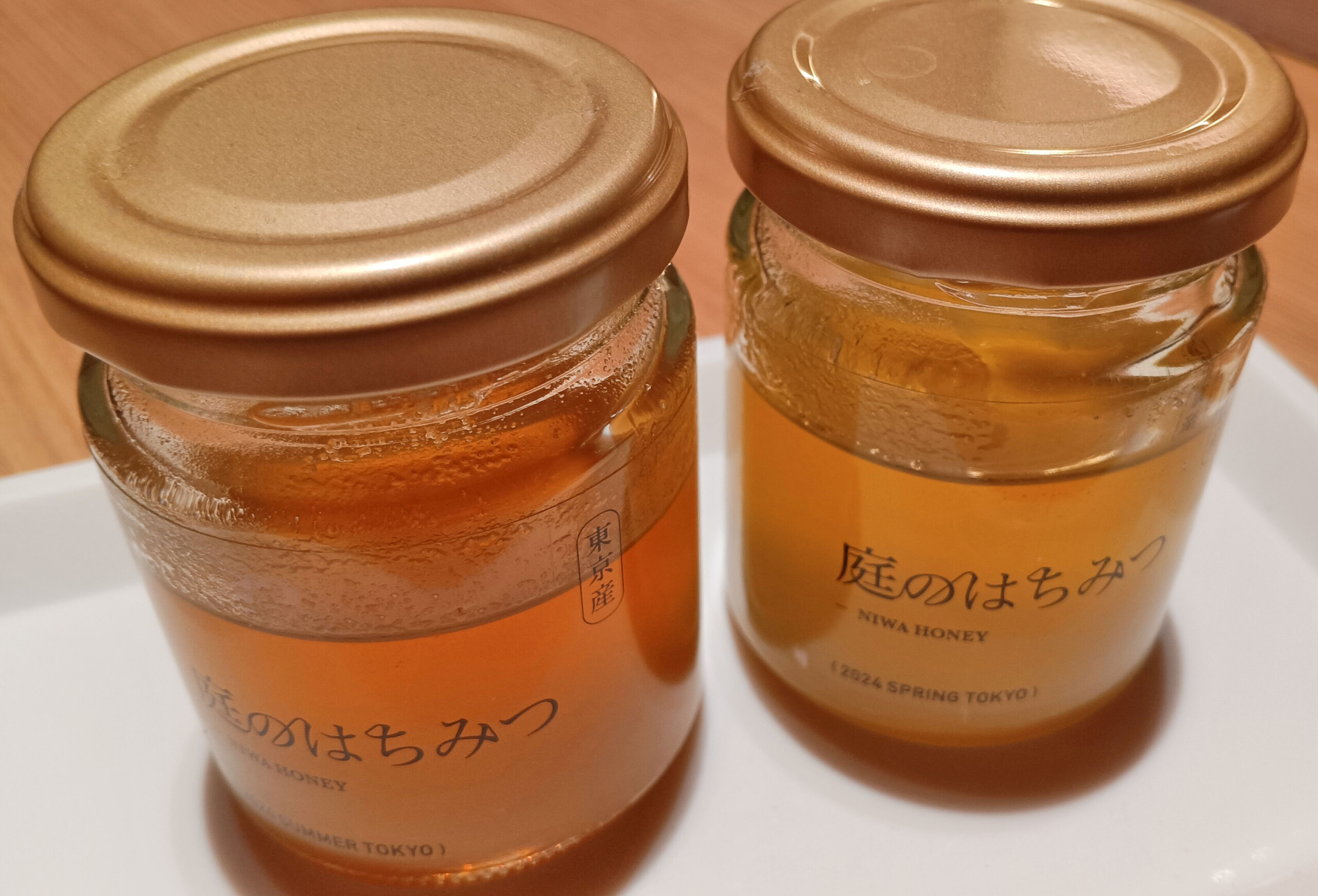
A limited supply of rooftop honey is for sale, too.
Check-in
Firstly, I’d like to give a shout-out to Ito-san for being helpful and pleasant.
However, I was displeased by the presence of computer terminals to process check-in and check-out. They seem to be coming out in droves in a number of Japanese hotels; to me, they’re a contradiction of omotenashi, the Japanese spirit of hospitality. What made it worse was that there were plenty of front desk staff around.
Nevertheless, scan the passport, confirm the details, and wait for the room key to magically appear.
The lobby can get busy, if only because it’s small. Also, there’s often a scrum for breakfast, which sees that crowd spill out into the rest of the lobby.
Swipe your key in one of the three elevators, and off you go to your room.
Room
Hotel Niwa Tokyo has 229 rooms with five different layouts. I had a twin room, located in some respects conveniently on the third floor. That is to say, although being on the third floor provided the easiest access to the Refresh Lounge, massage chairs, and most importantly, laundry facilities, there was still no stairwell to get the lobby. If it’s a security thing, then why not just have guests scan the keycard in the lobby?
Regardless, my twin room did the trick. The internet worked nicely, the fridge size was ample, the a/c quality, and the desk was mostly practical (but why did the outlets have to be in the middle of the desk)?
Given that the weather was quite tolerable at night, I liked the fact that windows could be open. Not to mention, there were two layers of privacy (a window shade, and a fusuma, or sliding screen).
By the way, the water pressure in the shower was outstanding. I’m hard-pressed to think of another hotel room in recent years that had as good pressure as this one.
Food
Breakfast is offered at the lobby restaurant, which is called “Dining LIEU.” Having eaten there on three separate occasions, I’ve found that it fills up quickly. What doesn’t help is that there’s not much order to get into the restaurant (no name list), a consequence of it being first-come, first-serve. Fortunately, I noticed a new section of seating facing a nice purpose-built waterfall garden, which aided in alleviating a bit of seat crowding.
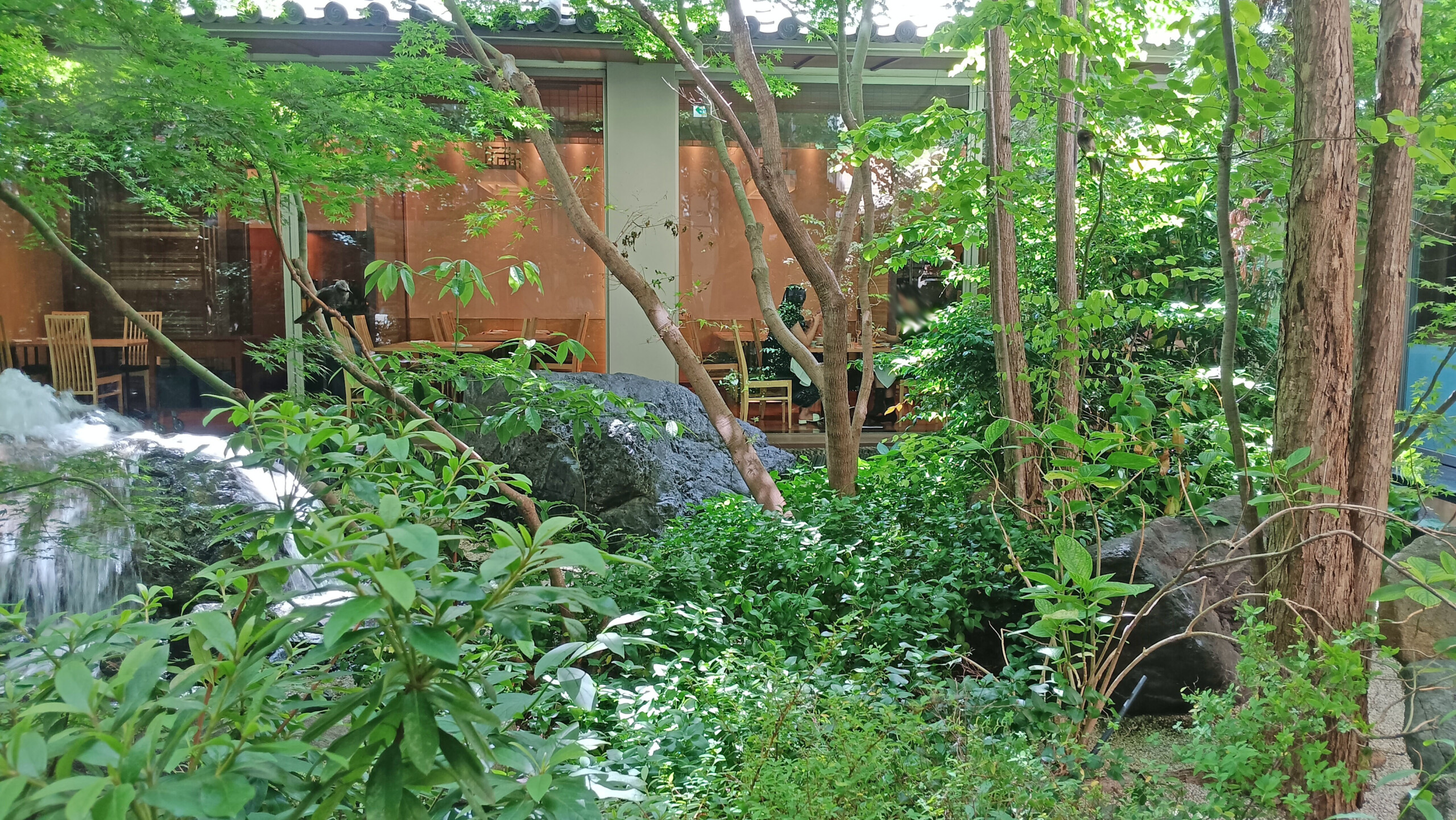
In addition to the aforementioned rooftop produce that is seasonally incorporated into some of the meals, there is a decent selection of soup, small bites, egg dishes, and both Western/Japanese elements.

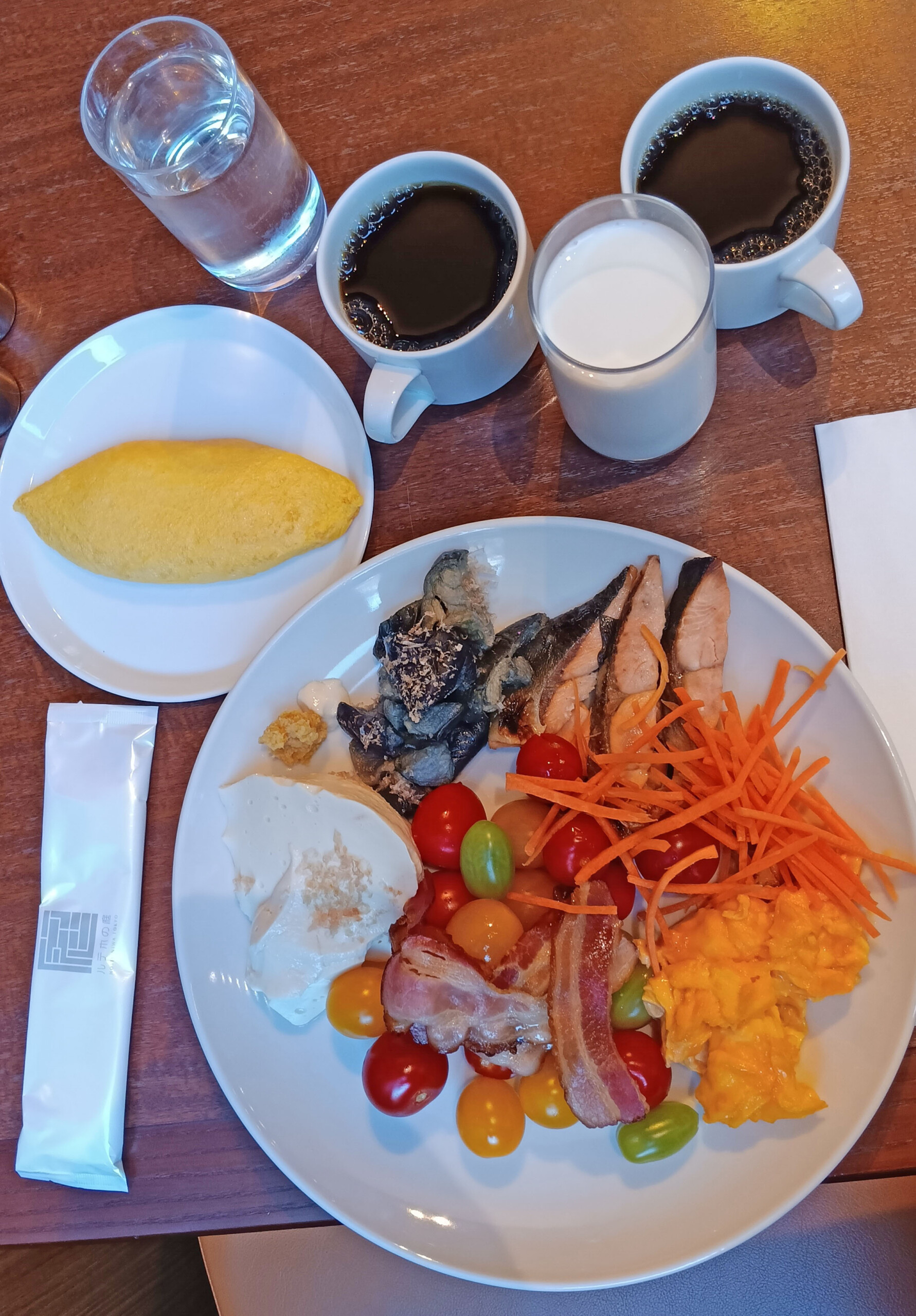
The Japanese restaurant YUKURI, which you can access along a small path just outside of the hotel entrance, is open for lunch and dinner.
I enjoyed a multi-course dinner there, as well as a bottle of hotel honey beer (not pictured):
Conclusion
Hotel Niwa Tokyo is a fine choice for a city hotel without the torrid pace. Its multiple small gardens help provide guests with a spare pair of lungs during their stay, and the food often benefits from hyperlocal (i.e. from the hotel roof) vegetables and honey. Whereas some smaller rooms don’t have a desk, you’d be hard-pressed to find a more relaxing bed and combo in this mid-range category.
Disclaimer: In exchange for a hosted stay, I have written this review.
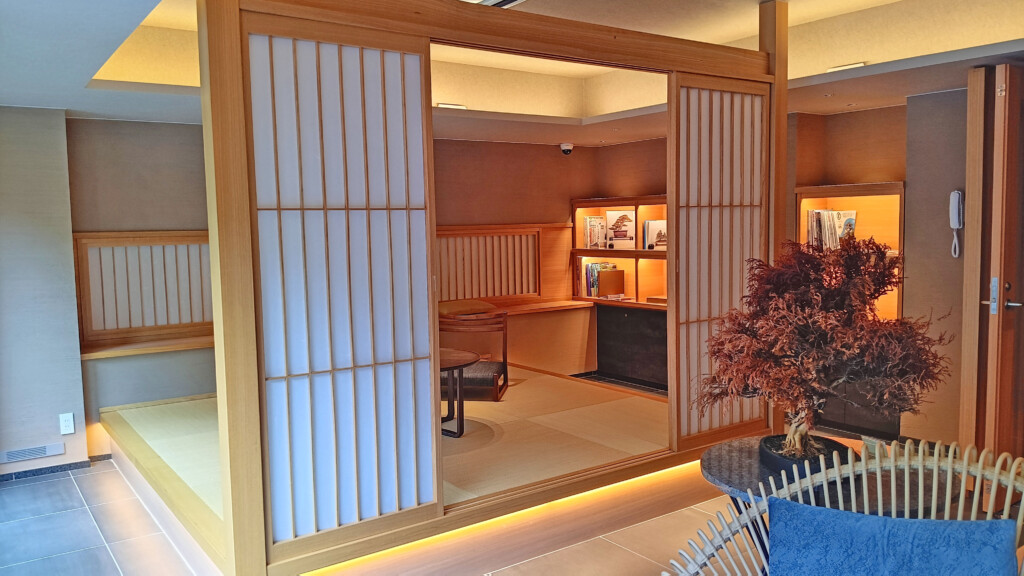
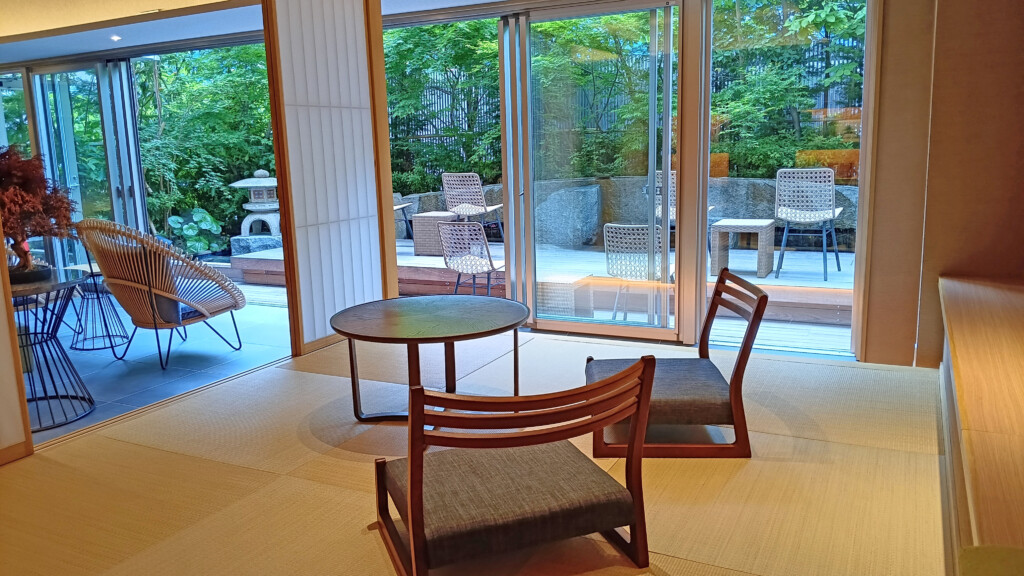
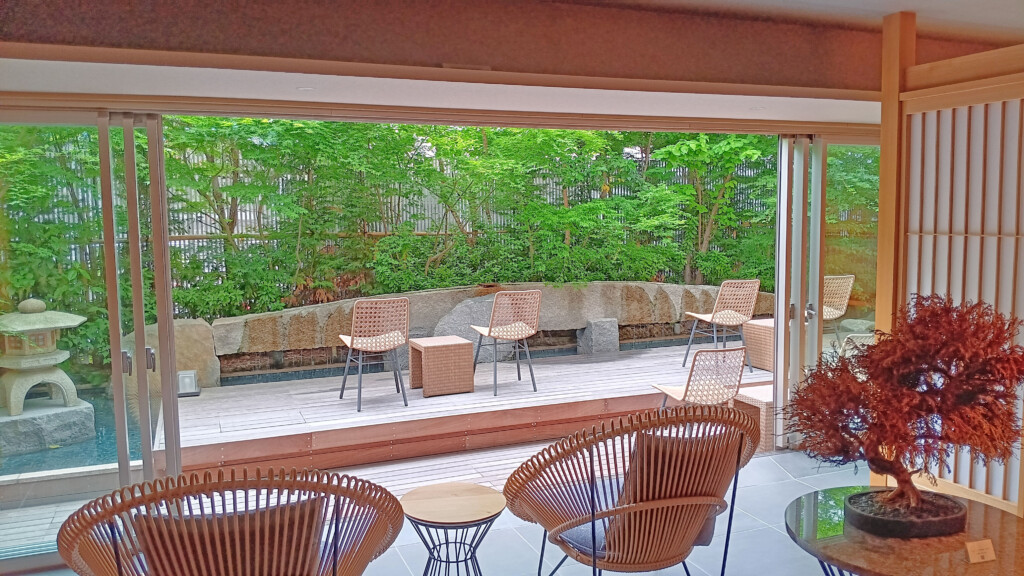
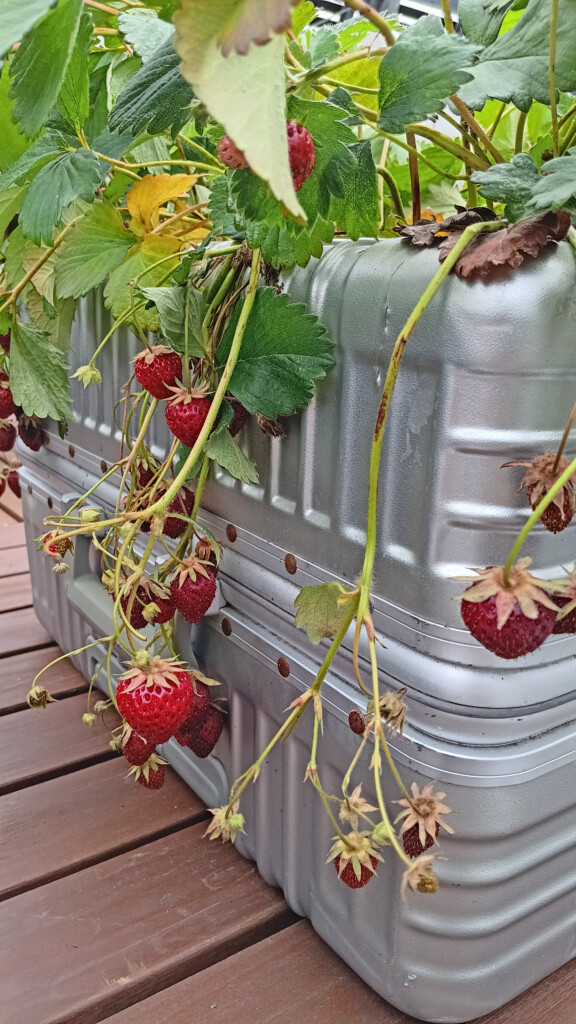


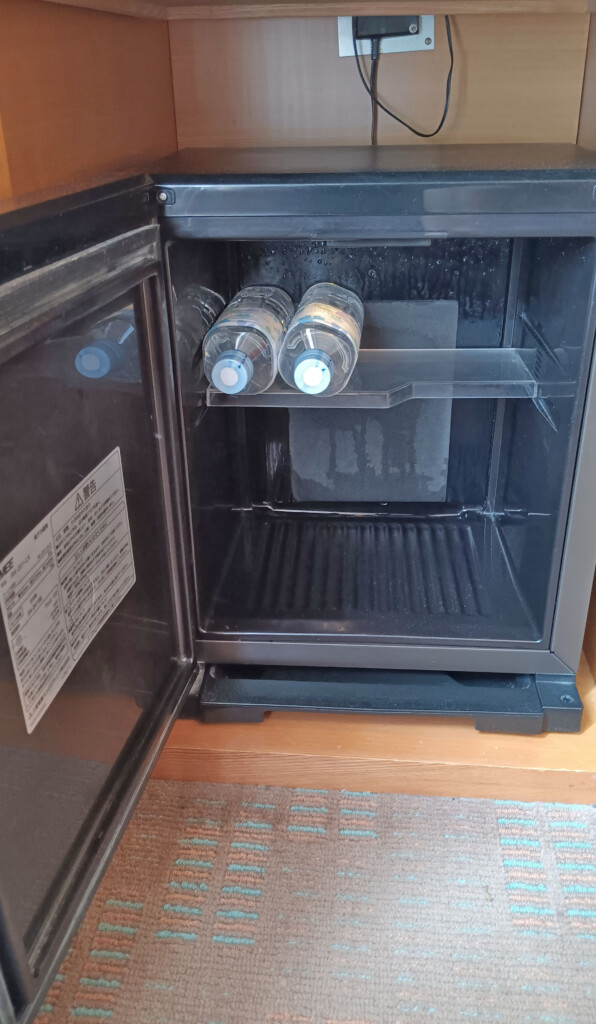
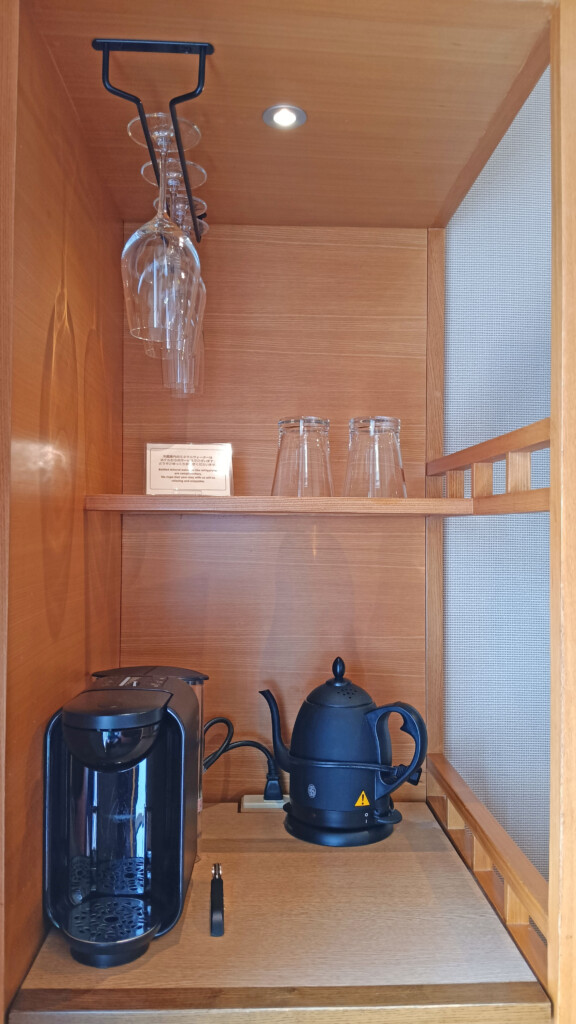
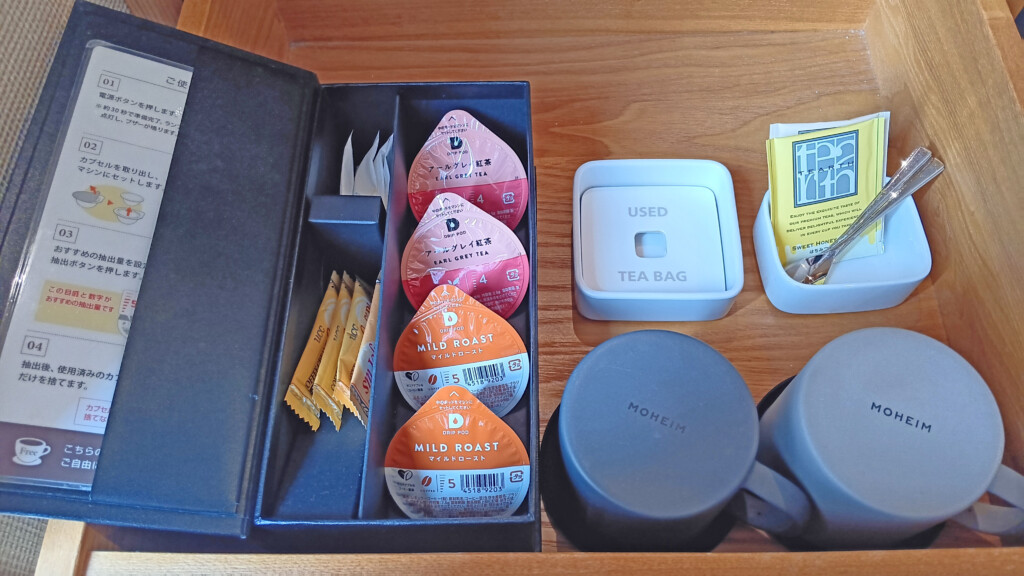
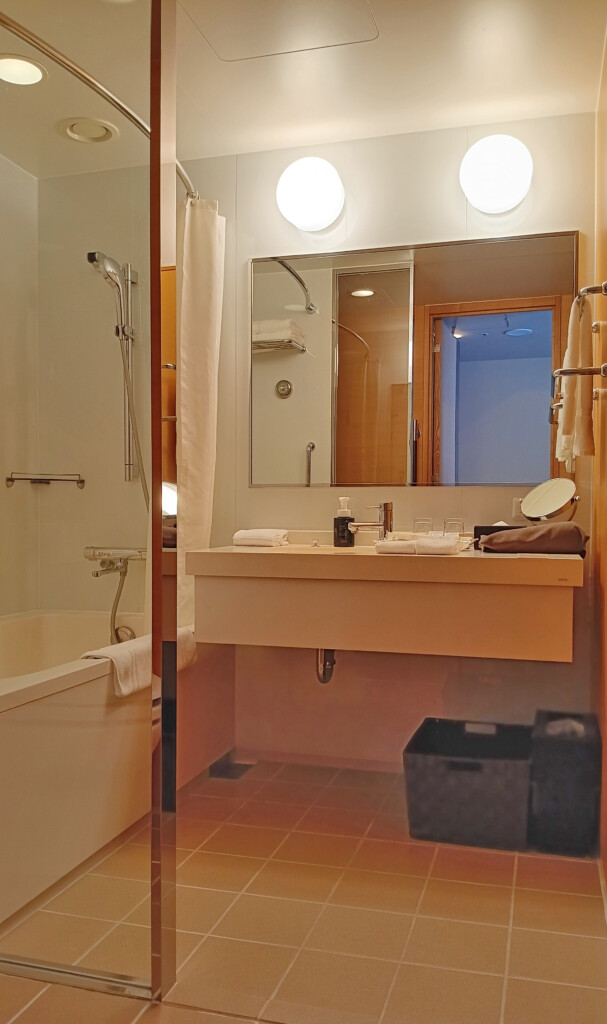
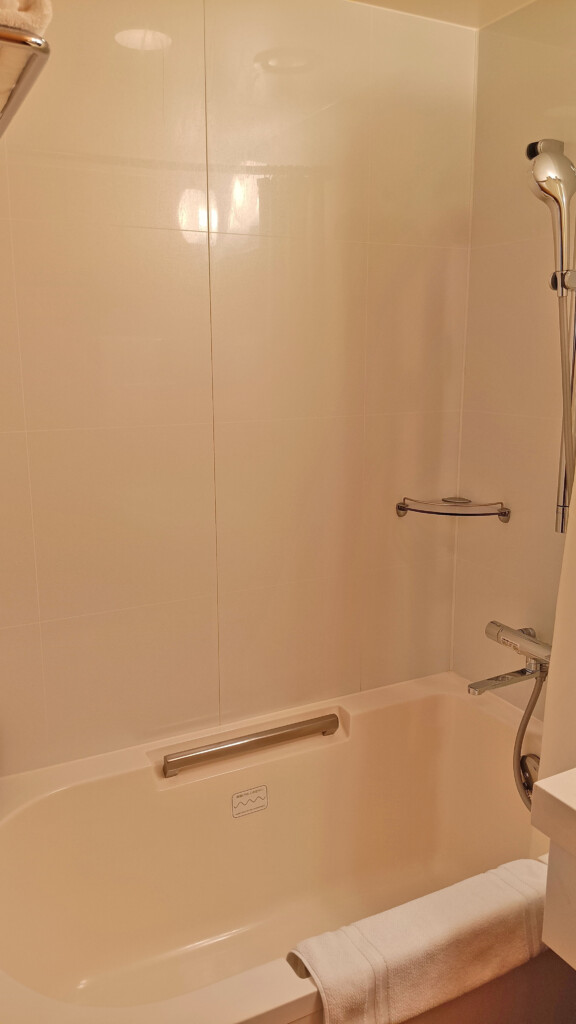
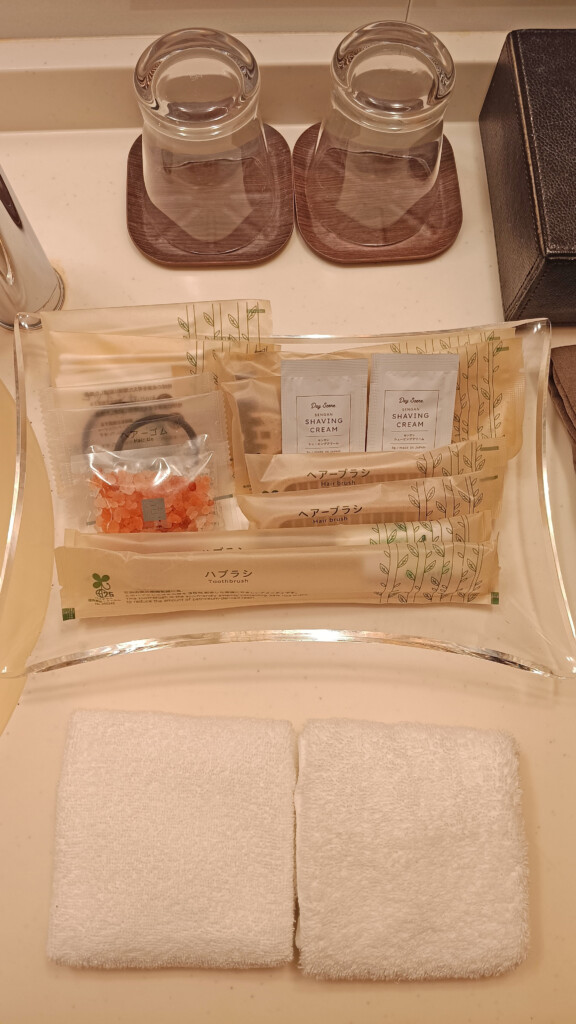
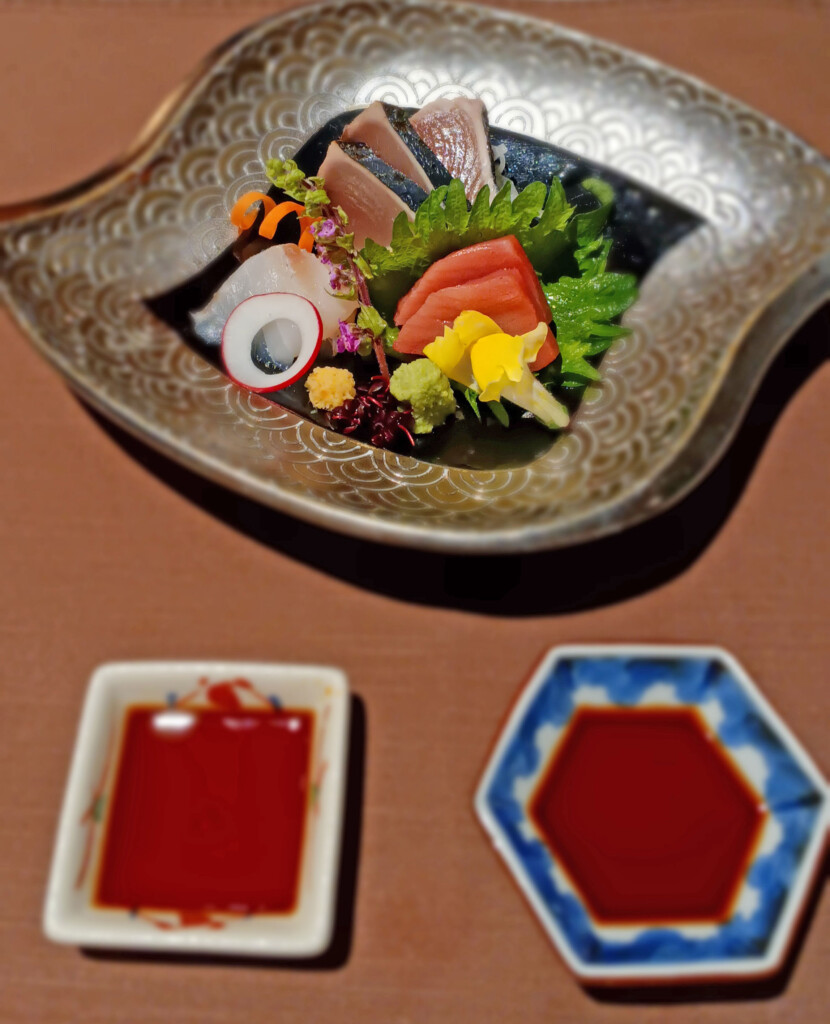

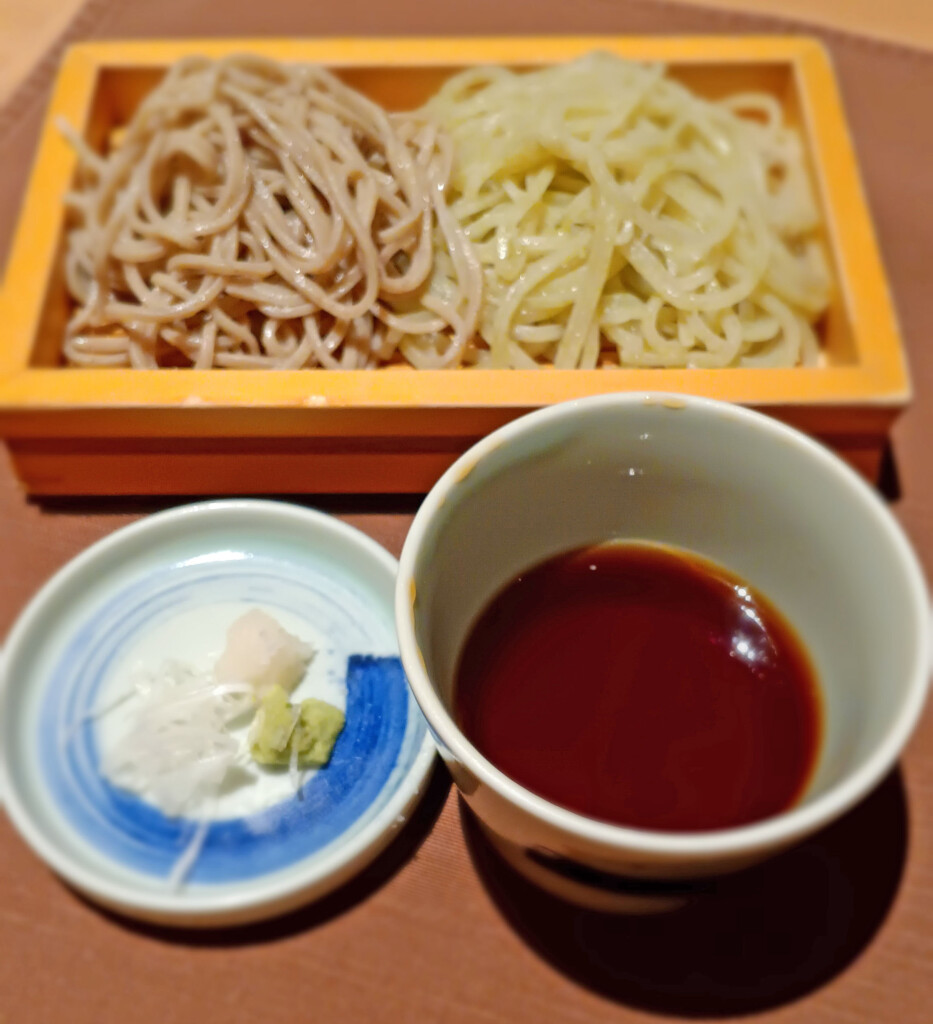

Leave a Reply